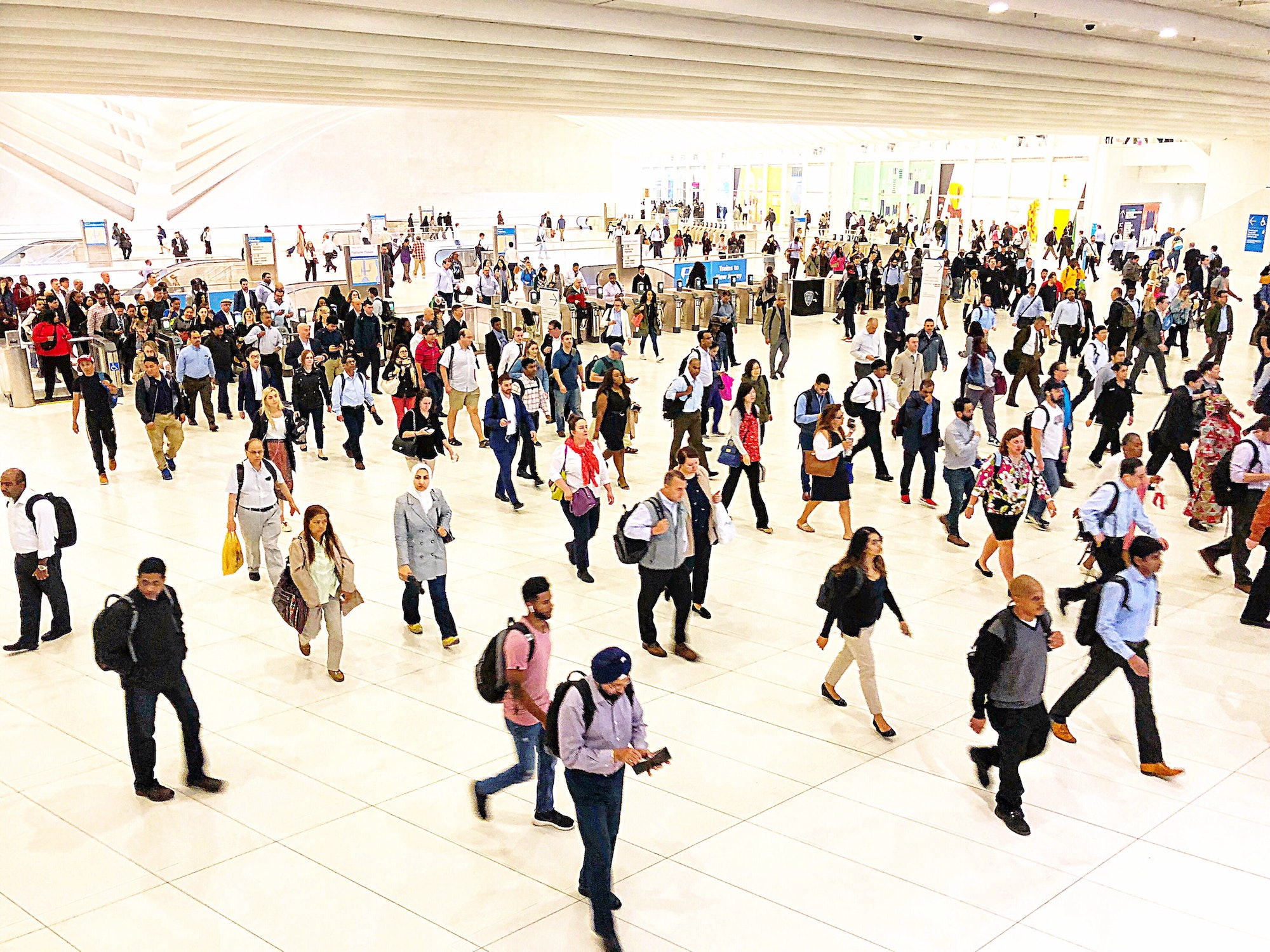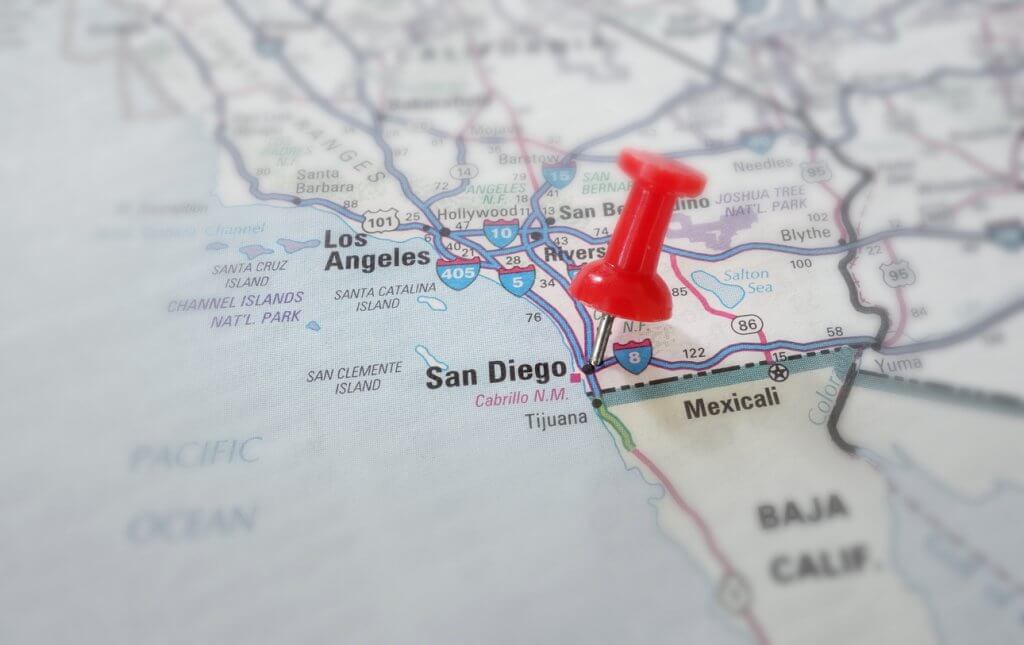Train Rules
Trains are a major form of transport worldwide. They carry passengers and freight across short distances or entire continents.
As a result, train rules have become an area of disputed rule making. Some rules are more strict than others and can be quite confusing. Nonetheless, there are some basic train rules that players should know.
Rules
Millions of people travel by train daily, and the Indian Railways have set certain rules that help passengers have a trouble-free ride. These rules ensure that the rail network functions properly and each passenger gets the best experience.
Several reports have pointed out that passengers often talk loudly and listen to music on trains during night travel which disturbs fellow passengers sleep. To keep these complaints in mind, Railways have issued new guidelines that passengers cannot talk or listen to music on their coaches after 10 pm.
Likewise, they are not allowed to place their phones on their seat, even if it is placed on a table or other surface. This rule aims to protect fellow passengers from having their sleep disturbed by their cell phones during travel.
Variations
There are a number of variations to train rules. Some are faster, others are more complicated.
In this version each player takes turns stringing together dominoes on their personal train, and when a player passes it is their turn again to begin. They can play as many dominoes on their train as they like, but cannot start a train if they have no dominoes in their hand that match the centre double.
This version also includes the swan drive Mexican Train variation, where players may play a tile on any open public train moving clockwise around the table. This allows a player to string together more dominoes and leaves a little more value for the doubles they can play.
Scoring
Scoring is a simple process where players score points based on the length of the train they create. For example, if you create a train that takes 5 dominoes, it is worth 10 points.
Each player forms a domino train (also known as an engine) starting from the hub and continuing clockwise around the table. Each domino must have an end matching the engine’s engine value.
If one or more players ends their train in a double on the first turn, then this double must be satisfied in order beginning with the second player’s turn.
If the double remains open after a player’s turn, all other trains become ineligible to be played upon until it is closed or satisfied, as per normal rules. After the double is satisfied, all players are free to play on any eligible train.
Materials
Train rules often involve the use of hazardous materials, and there are certain safety requirements that must be met. One of the most important is avoiding an unintentional release of the contents of a tank car. This is accomplished through a variety of methods, including ensuring that the contents are properly tagged and labeled.
Another is placing the flammable material in a well designed and constructed tank car, which can help to reduce the odds of an accidental release. Other safety measures include the DOT emergency response guidebook, which is a comprehensive compilation of information about specific hazardous materials, their uses, and hazard mitigation tactics. Lastly, the best way to avoid an accident is to follow proper train safety procedures, which includes wearing an appropriate helmet and using appropriate safety gear.
Time limit
There are some states that have laws on the books regulating how long trains can block a grade crossing, but those rules are often overruled by federal regulations. The federal government says that if a state law is enforced, it would have the unintended effect of requiring railroads to shorten their train lengths, in violation of federal safety rules.
BNSF Railway is one company that has an internal policy on how long freight trains can block crossings. The spokesman for that railroad tells 13News Now that the 10-minute rule is a good safety measure that’s been in place for years.



